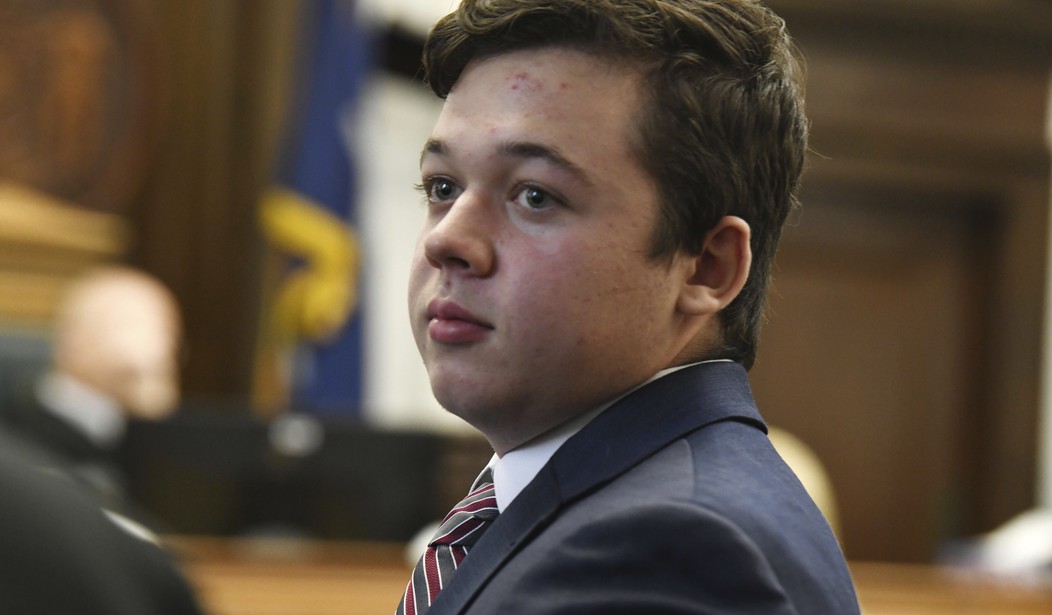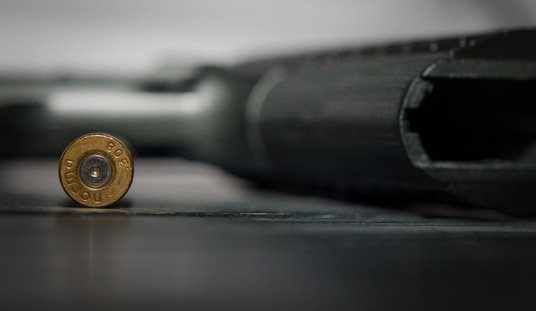The cases of Kyle Rittenhouse and Ahmaud Arbery will forever be linked to one another. They shouldn’t since there are profound differences, which I’ve noted previously, but they will be. Two high-profile trials running at about the same time with verdicts coming just days apart? How could they not?
Plus, of course, a lot of people have opinions about what we can learn from these cases.
Unfortunately, a number of these lessons aren’t lessons but idiotic posturing. Take this one from The Conversation, which uses the tagline: “Academic rigor, journalistic flair.”
As the country awaits a U.S. Supreme Court decision in a New York state case that may create a federal constitutional right to carry guns outside the home, what lessons can the nation draw from the recent acquittal in Wisconsin of Kyle Rittenhouse and the convictions in the murder of Ahmaud Arbery in Georgia?
The obvious first lesson is that no one would be dead, maimed or going to prison if the men in these cases had not possessed firearms or had just left their weapons at home. The man Rittenhouse maimed learned that his self-proclaimed constant gun carrying not only did not protect him or others, but simply added him to the victim count when he pointed his gun at Rittenhouse.
Really? I ask because I don’t remotely agree.
Kyle Rittenhouse was being chased by a literal mob intent on causing him serious bodily harm. To say definitively that they wouldn’t have if he hadn’t been armed shows some degree of clairvoyance that science says is impossible. Especially since if an AR-15 didn’t serve as sufficient deterrent, it’s unlike the lack of one would have.
But the author goes on:
Lesson five is that if the federal assault weapons ban had remained in place instead of lapsing in 2004, the Rittenhouse tragedy might not have happened. The AR-15 once again proved to be attractive to someone who should not have had the weapon, with Rittenhouse testifying that he was drawn to the gun because it “looked cool.” This is indeed part of the marketing strategy of gun sellers – to exploit the fantasies of young men that assault weapons will make them more manly. As the Parkland High School shooter in Florida noted just before killing 17 in 2018, “With the power of the A.R., you will know who I am.” The Sutherland Springs Baptist Church shooter posted a picture of his AR-15 with the heading “She’s a bad bitch” shortly before he killed 26 in Texas in 2017.
Had the assault weapon ban not lapsed, there’s a high likelihood that Rittenhouse would have still been out there with an AR-15.
I mean, some of us are old enough to remember what firearms were available prior to the law sunsetting in 2004, and I remember AR-15s being explicitly built to comply with the law. It wasn’t even all that hard, really. Just leave a couple of features off and all was well. To argue so definitively that the law–one shown to have had no appreciable impact on crime–would have prevented what happened in Kenosha is, again, showing a level of ESP that simply isn’t plausible.
Then again, the author–a so-called expert–does that a lot in the piece. About the only thing I actually agree with him on is that criminals steal guns and making it easier to steal guns only benefits the bad guys.
In fact, I’m not seeing much in the way of academic rigor in this piece, despite The Conversation’s tagline. Lots of journalistic flair is present, though.
That’s not a compliment, either.








Join the conversation as a VIP Member